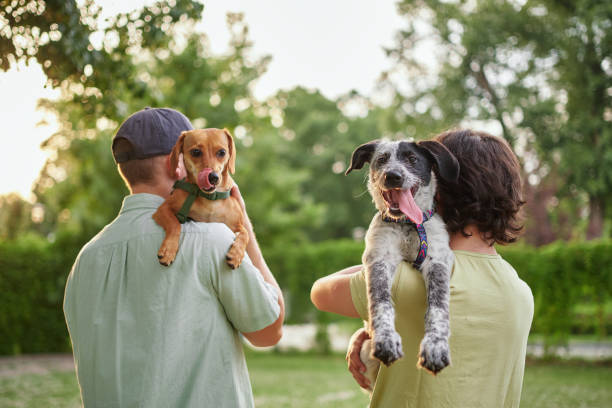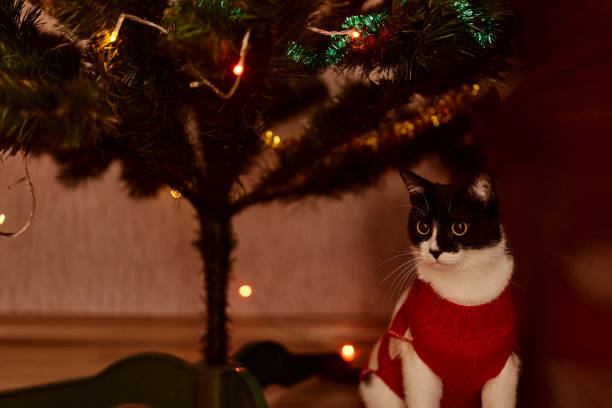Raw Diet for Cats: Is It Safe?
The raw diet for cats, often referred to as a “biologically appropriate raw food” (BARF) diet, has gained popularity among pet owners who seek to provide a more natural and species-appropriate way of feeding their feline companions. However, the debate around the safety and health implications of a raw diet continues. In this post, we’ll explore the pros and cons of feeding cats a raw diet, helping you decide if it’s the right choice for your cat.
What is a Raw Diet for Cats?
A raw diet for cats typically consists of uncooked meat, bones, organs, and sometimes vegetables or supplements. The idea behind this diet is to mimic what cats would naturally eat in the wild, focusing on a high-protein, low-carbohydrate approach.
The Pros of a Raw Diet for Cats
- Improved Coat and Skin Health
Many owners report that their cats have shinier coats and healthier skin after switching to a raw diet. The high levels of essential fatty acids found in raw meat can contribute to improved coat condition. - Better Dental Health
Chewing on raw bones can help remove plaque and tartar buildup, promoting better dental hygiene compared to dry kibble. - Increased Energy Levels
A raw diet can lead to improved energy and vitality, as cats may feel more satisfied and nourished by a diet closer to their natural feeding habits. - Weight Management
Raw diets are often lower in carbohydrates and higher in protein, which can help maintain a healthy weight and prevent obesity.
The Cons of a Raw Diet for Cats
- Nutritional Imbalance
One of the biggest concerns with raw diets is the potential for nutritional deficiencies. Cats require specific nutrients, including taurine, which may not be adequately supplied in homemade raw diets. It’s essential to ensure that the diet is well-balanced and meets all their nutritional needs. - Risk of Bacterial Contamination
Raw meat can harbor harmful bacteria like Salmonella and E. coli, which pose health risks to both cats and humans. Proper food handling and hygiene are crucial to mitigate these risks. - Digestive Issues
Some cats may experience gastrointestinal upset when transitioning to a raw diet, including diarrhea or vomiting. It’s important to introduce new foods gradually and monitor for adverse reactions. - Bone Hazards
While raw bones can benefit dental health, they can also pose risks. Cooked bones are dangerous as they can splinter, but raw bones can also break teeth or cause obstructions. Supervision is essential during feeding.
Making an Informed Decision
When considering a raw diet for your cat, it’s important to consult with a veterinarian or a pet nutritionist. They can help you understand your cat’s specific dietary needs and guide you on how to safely implement a raw diet if you choose to go that route.
Tips for Safely Feeding a Raw Diet:
- Gradual Transition: Slowly introduce raw food to your cat’s diet to minimize digestive upset.
- Quality Ingredients: Use high-quality meat from reputable sources, ensuring it’s free from additives and preservatives.
- Proper Storage: Keep raw food frozen until ready to serve, and always practice safe food handling to avoid contamination.
Final Thoughts
A raw diet for cats can offer various benefits, but it also comes with significant risks. It’s essential to weigh these pros and cons carefully and consult with professionals to determine the best feeding approach for your cat. Ultimately, the goal is to provide a balanced and nutritious diet that supports your cat’s health and well-being.







